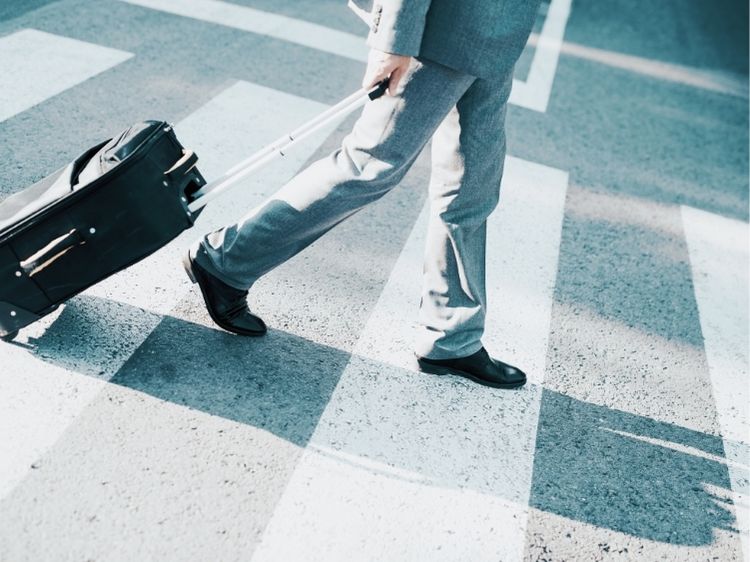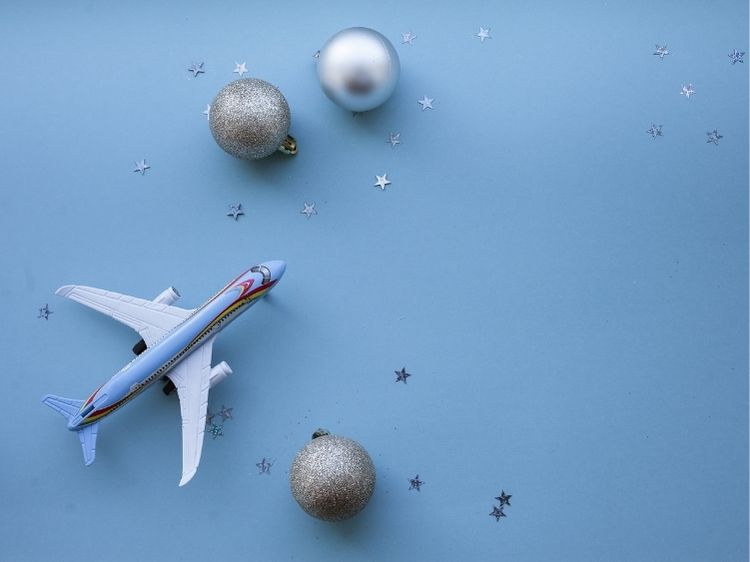Vogue Italia will kick off 2020 with a bang. The magazine’s first Fashion Illustration cover in 55 years has been released. There are seven variations by different artists. All features are also free of photography. The decision was not just aesthetic; sustainability and philanthropy were also factors. Emanuele Farneti, editor in chief, wrote in all caps on Instagram that “no photo shoot production was necessary in making this issue.”
The Fondazione Querini stampalia, Venice’s flood-damaged Fondazione querini Stampalia, will benefit from the money that was saved. Farneti stated that while “we cannot save the world”, but this donation will ensure that “something specific remains” of the issue. Ferdinando Verderi, Vogue Italia’s creative director, said, “Fashion art begins from a drawing. Vogue started out as an illustrated magazine.”

Fashion Illustration is a refreshing oasis among the digital overload of photography. It retains, in most cases, the feeling of the hand. Its charmed analog irregularities contrast with the postmodern, hyperrealist world that Jean Baudrillard described as dominated by image and spectacle. The first issue of Vogue was published in December 1892 under the creative direction of Harry McVikar. McVikar’s work is a regular feature in the magazine. Conde Nast was the first publisher to promote fashion photography. Edward Steichen’s cover photograph for Vogue’s July 1932 edition can be considered a turning point in photography. Illustration would not be the dominant medium again. Although illustrated covers are still used, the penultimate, by Rene Bouche in 1958, is an fashion illustrations. John Currin, a painter, created the most recent cover for Vogue’s anniversary in 2017.
Italian Vogue chose to work with mostly fine artists rather than illustrators. This continues a tradition that has seen covers for U.S. Vogue by painters such as Salvador Dali, Giorgio de Chirico and Pavel Tchelitchew. It also pays homage to the legacy of fashion drawing in Italy. Anna Piaggi worked with many illustrators for Vanity and continued that collaboration for Italian Vogue’s DP (double-pagedual) feature. It is interesting to note the Italian edition was published in 1965, right in the middle decade that saw the birth of the famous fashion photographer.
This phenomenon was documented by Michelangelo Antonioni in 1966’s Blow-Up. David Bailey, the model for Thomas the skirt-chasing lensman (played by David Hemmings), was the subject. Looking back is a popular strategy as we enter a new decade and a time of rapid change in simply fashion. Verderi stated that drawing is not an alternative to photography but that it was worth adding to our visual vocabulary. You can use it to solve an old problem or to open up new possibilities for challenging our production processes.” This is what we are seeing in design. Karen Walker, who was inspired by Fashion Illustration to draw for her pre-fall collection, Graphite, returned to drawing. The result of upcycling by brands such as Koche and Rentrayage creates a collaged aesthetic which reveals the hand involved in the design process. As new designs are made from existing materials, we’ll see more of this.
In Vogue Italia, we will continue to see illustrations and photography. Farneti believes illustrations provide a different kind of freedom and personal interpretation to photography. His point-making January issue is a way, he says, of “making the magazine as surprising as possible.” A more sustainable approach to exciting and impactful imagery is a mixed media one that’s effective visually and foundationally, if we build upon findings recently published in Quartz that suggest that “the visual language of comic books,” which involve text, spacing, imagery, etc., “can improve brain function.” Paging Mensa….Illustration is becoming more relevant, recognised and accepted as a way of interpreting fashion,” Connie Gray, fashion curator at Gray M.C.A, tells Vogue. People have a better understanding of illustration as an art form that runs alongside photography.
Why? It was long considered too commercial to be classified as fine art. Gray asserts that it doesn’t mean it is less important. “The most successful illustrators have a high level of training in home fashion designs, technical drawing, and portraiture. It’s a combination of all these factors.”
Gray and her husband Ashley Gray set out to spotlight the illustrators they admired, which led to Gray establishing her gallery. She recalls dreaming about the glamorous women her father, an art dealer, lining her bedroom walls.



